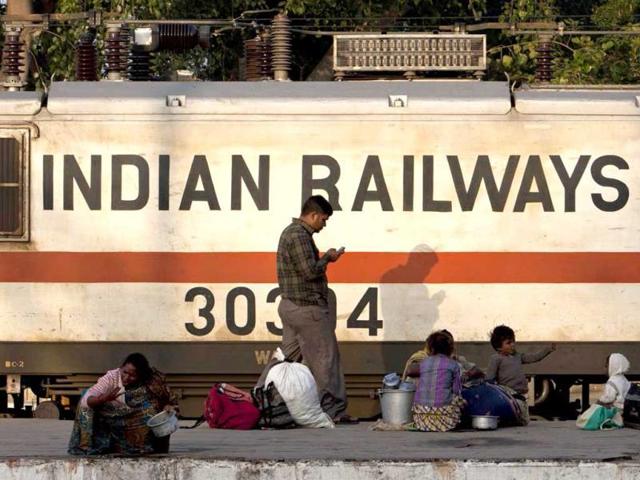Why the Indian Railways’ dynamic pricing system is a step in the right direction
The government’s decision to introduce a dynamic pricing system on Rajdhani, Shatabdi and Duronto trains is a step in the right direction.
The government’s decision to introduce a dynamic pricing system on Rajdhani, Shatabdi and Duronto trains is a step in the right direction.

The announcement – under which base fares will jump by 10% for every 10% berths sold in AC-II and AC-III compartments on these trains, with a cap of 50% hike on the original fare -- seeks to address the “fare versus freight” distortion of the Indian Railways.
The railways has suffered decades of low investment. Several previous railway ministers have refused to hike low fares to please the public. This, however, has resulted in a strain on the finances and has derailed freight growth.
On account of the “populist” moves, the finances in the sector have remained perennially caught up in a ’Catch-22’ situation of sorts -- with freight earnings continuing to be diverted to subsidise passenger fares.
There were no fare hikes for almost 10 years during the previous UPA government’s rule. With Wednesday’s announcement, the current NDA government has hiked train fares twice.
Economists had welcomed railway minister Suresh Prabhu’s decision in 2015 to break with a populist tradition of announcing several new trains in the budget for politically sensitive regions.
Annual losses in the passenger segment -- or what is called the “social sector obligations” of the Indian Railways -- have, however, remained out of control. This year, the losses are estimated at Rs 30,000/- crore.
For every rupee earned by the railways, 66 paise come from freight and 28 paise from passenger tickets -- with the other earnings constituting six paise. Of this, the Indian Railways has been able to spare approximately just four paise annually for undertaking modernisation and infrastructure activities.
Because of flawed policies of the past, freight traffic has continuously been shifting to roads, ships and pipelines. “If the railways are to regain its lost primacy as the main carrier of goods traffic in the country, such steps are necessary,” said KL Thapar of the Asian Institute of Transport.
Passengers travelling in the Rajdhani, Shatabdi and Duronto are generally considered to have a higher economic status. The decision to hike fares has evidently factored in this aspect.
The hike will not apply to the AC-I and executive class passengers. “This is to prevent passengers in this category from migrating to budget airlines or roads. The AC-I and EC fares are already comparable and sometimes higher than airline fares,” an official said.
Policy makers have refrained from hiking fares of the unreserved general class of passengers who constitute 95% of the total of 23 million people who travel on the 65,000km network of the Indian Railways.
Fares in this category have remained ridiculously low. As earlier reported by the Hindustan Times, one can make a journey in the unreserved class from Delhi to Chandigarh at the price of 140mg tube of toothpaste. The Mumbai-Chennai distance in the same class can be covered at Rs 300, the price of a kilogram of ‘paneer’. The Lucknow-Kanpur journey is for Rs 20.
“Passengers travelling the unreserved classes constitute the economic activity of the nation. Their paying capacity being low, we have kept them insulated from the hike. Those who can pay more, should pay more. Those who cannot, should be subsidised,” explained another official.





